Optimal Timing for Rainwater Downpipe Clearings
Rainwater downpipe clearings are essential for maintaining proper drainage and preventing water damage. The timing of these clearings can significantly impact their effectiveness and the longevity of the drainage system.
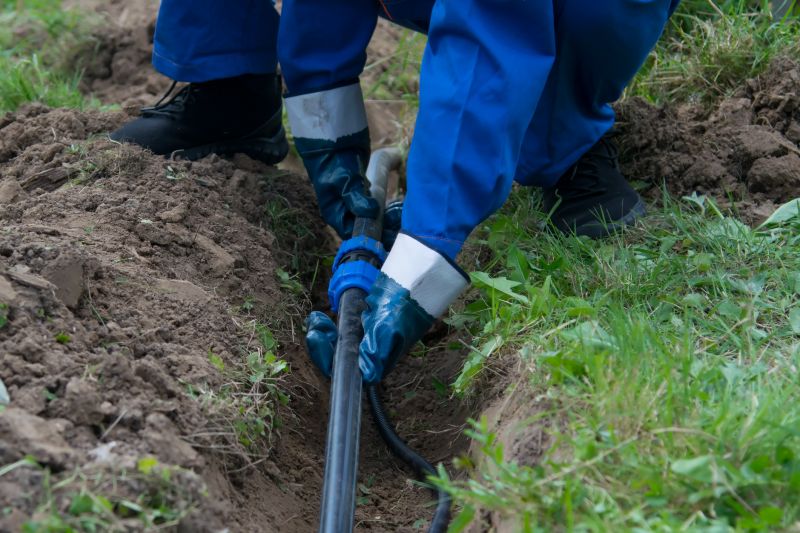
Spring is an ideal time for downpipe clearings as it prepares the system for increased rainfall.
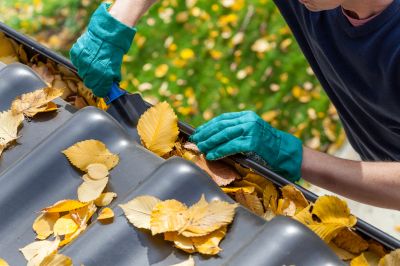
Autumn offers an opportunity to clear debris accumulated during the summer before winter rains.
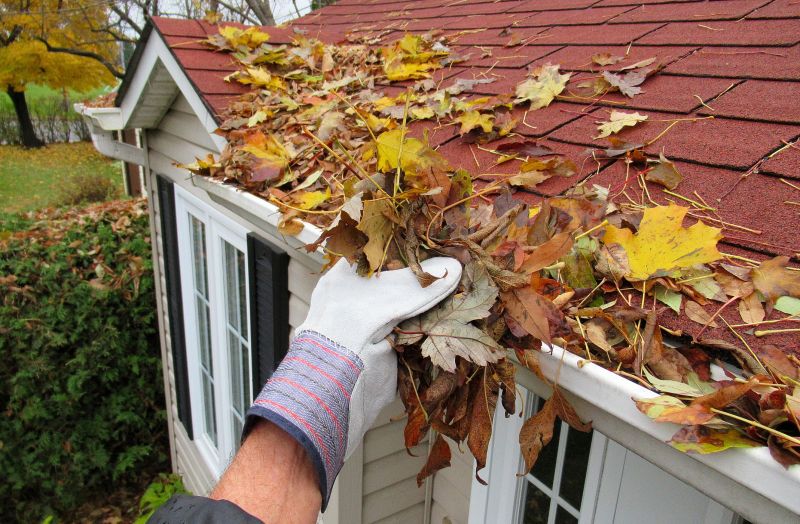
Clearing before winter ensures downpipes are free of obstructions for heavy rains.
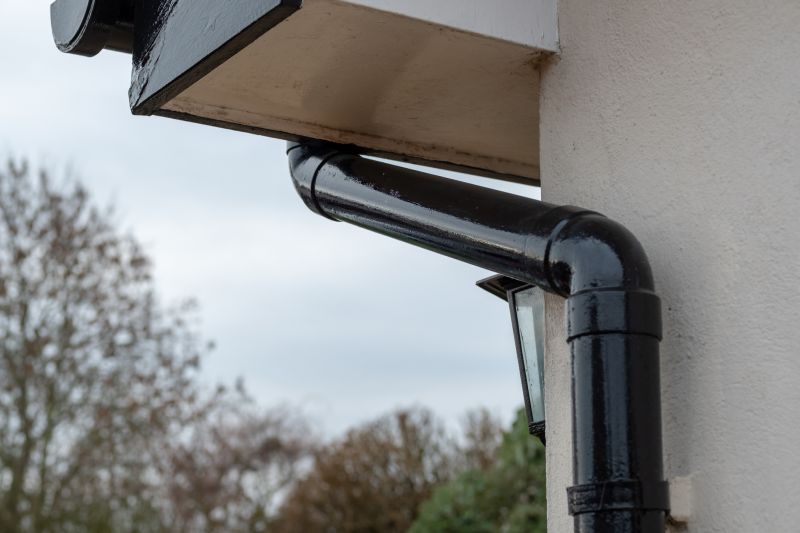
Ways to make Rainwater Downpipe Clearings work in tight or awkward layouts.

Popular materials for Rainwater Downpipe Clearings and why they hold up over time.
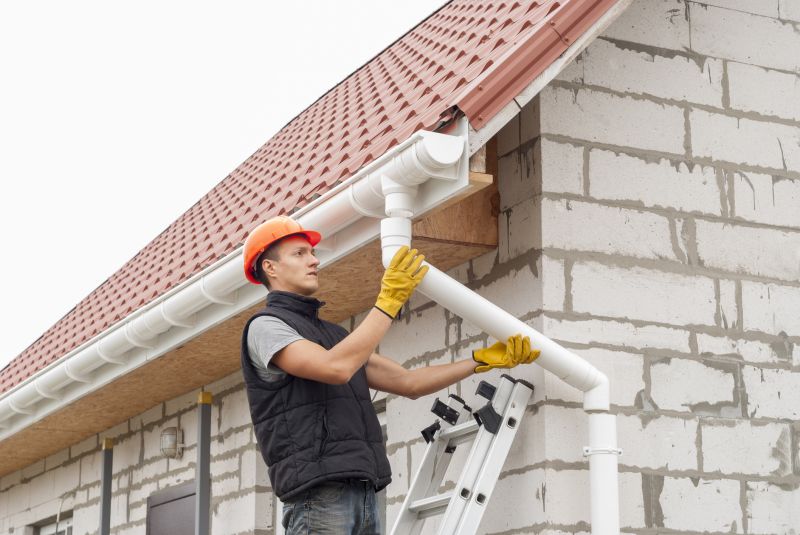
Simple add-ons that improve Rainwater Downpipe Clearings without blowing the budget.
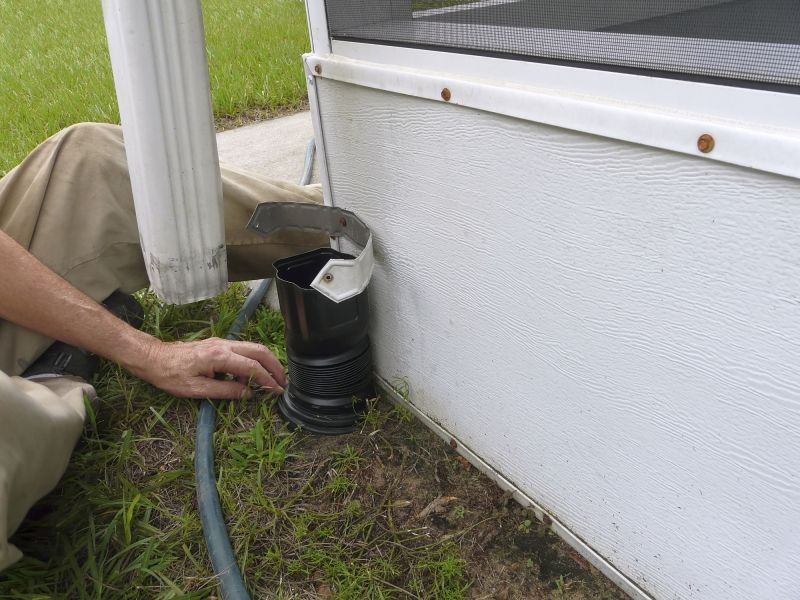
High-end options that actually feel worth it for Rainwater Downpipe Clearings.
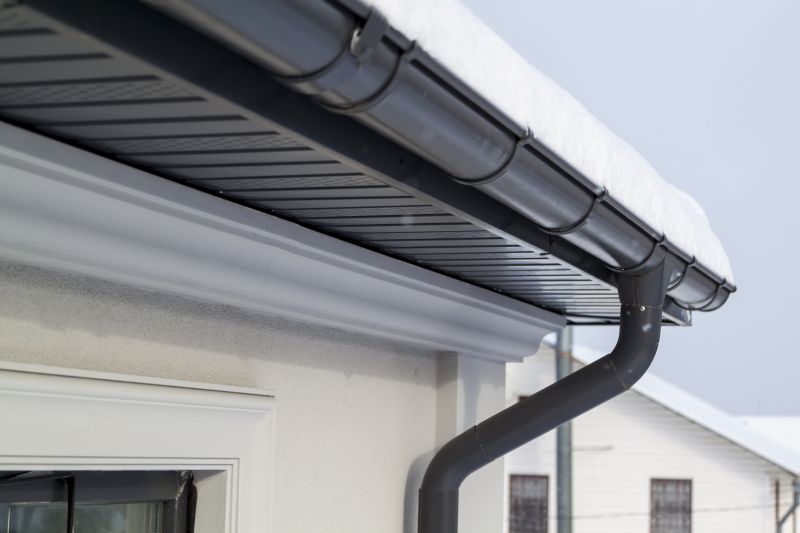
Finishes and colors that play nicely with Rainwater Downpipe Clearings.
Regular maintenance of rainwater downpipes is crucial for preventing blockages that can cause water to overflow or damage the building structure. Timing these clearings appropriately ensures optimal performance and reduces the risk of costly repairs.
Perform downpipe clearings in spring to remove winter debris and prepare for the rainy season.
After heavy storms, inspecting and clearing downpipes helps prevent blockages from fallen leaves or debris.
Biannual checks in spring and autumn maintain system efficiency throughout the year.
Clearing before anticipated heavy rainfall seasons ensures proper drainage.
| Season | Recommended Action |
|---|---|
| Spring | Clear debris and inspect for damage |
| Summer | Periodic checks during dry spells |
| Autumn | Remove fallen leaves and clean downpipes |
| Winter | Inspect after storms and before heavy rains |
Understanding the optimal times for rainwater downpipe clearings helps in maintaining effective drainage systems. Proper timing reduces the risk of water overflow, structural damage, and pest infestations caused by stagnant water. Regular maintenance schedules aligned with seasonal weather patterns are recommended for best results.
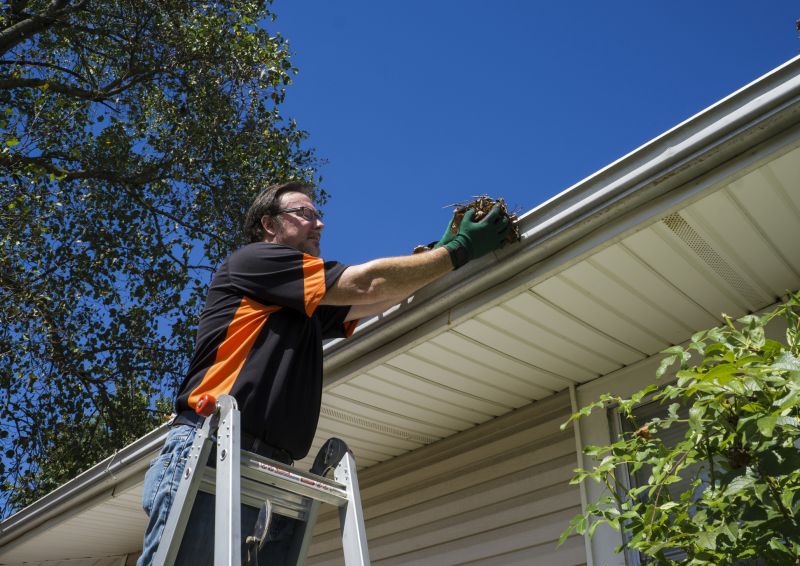
Use specialized tools for efficient debris removal.
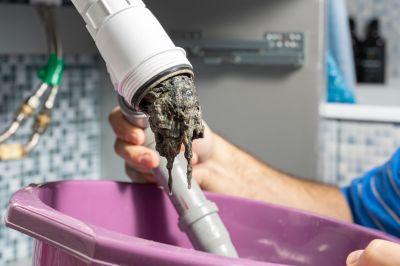
Regular cleaning minimizes blockages and water overflow.

Visual inspections help identify early signs of damage or clogging.

Scheduling clearings in spring and autumn optimizes system performance.

Little measurements that prevent headaches on Rainwater Downpipe Clearings day.
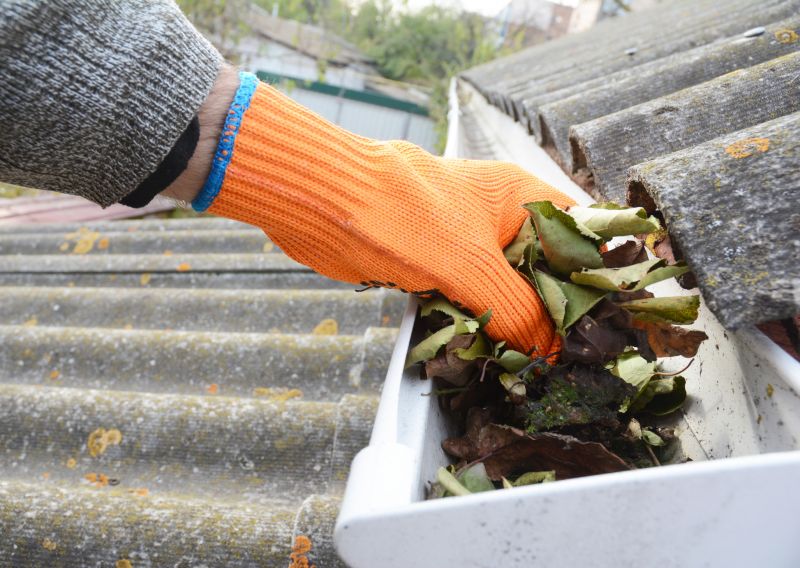
A 60-second routine that keeps Rainwater Downpipe Clearings looking new.
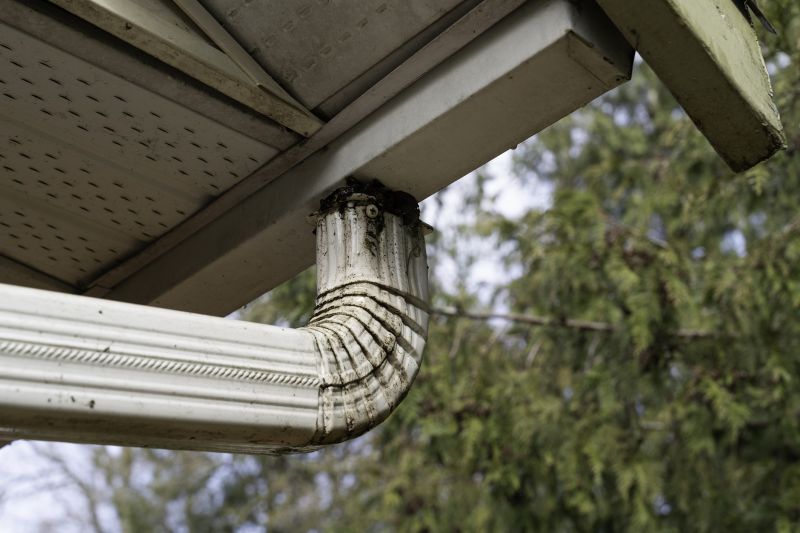
A frequent mistake in Rainwater Downpipe Clearings and how to dodge it.
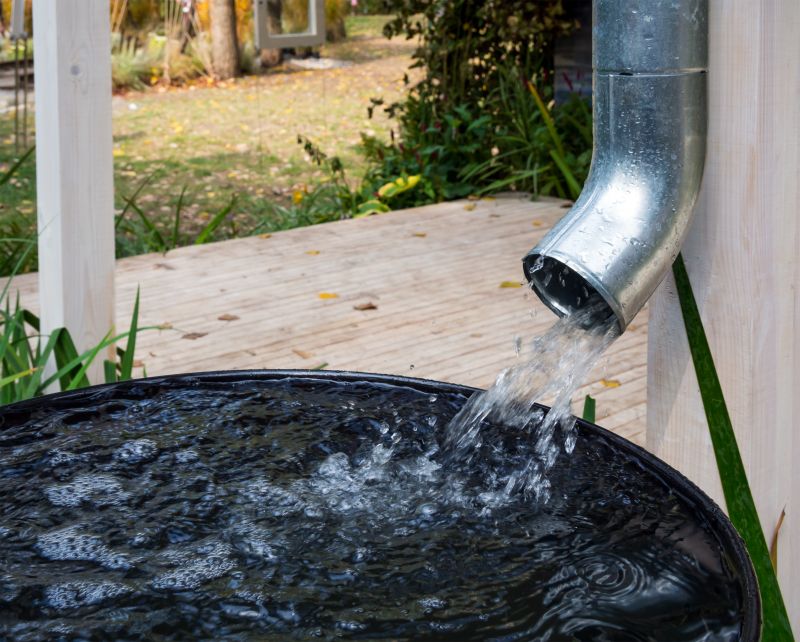
Small tweaks to make Rainwater Downpipe Clearings safer and easier to use.
Maintaining rainwater downpipes through timely clearings ensures proper water flow and reduces potential damage. Scheduling these activities around seasonal weather patterns enhances drainage system reliability and longevity.
